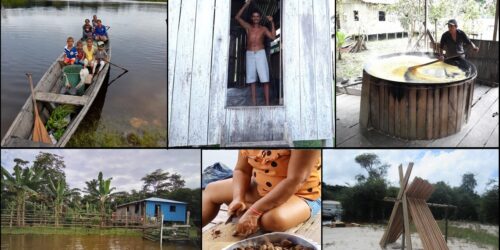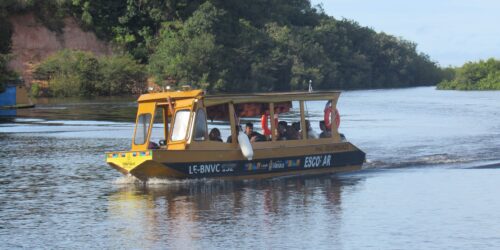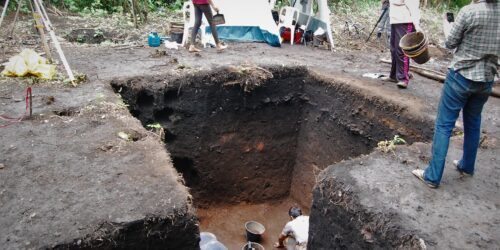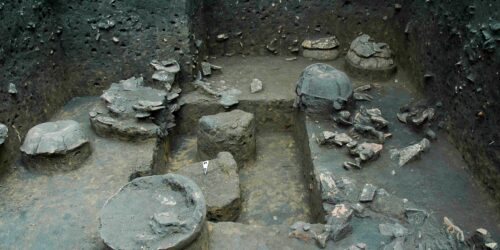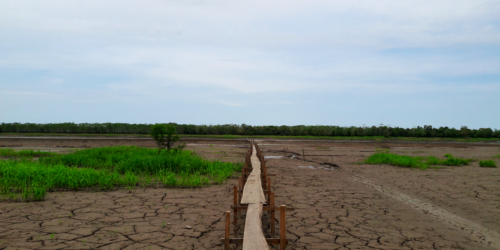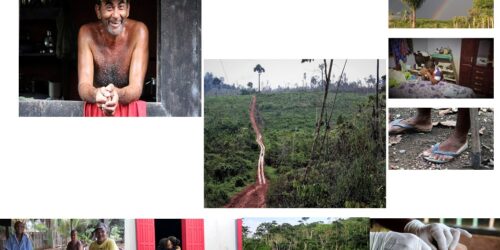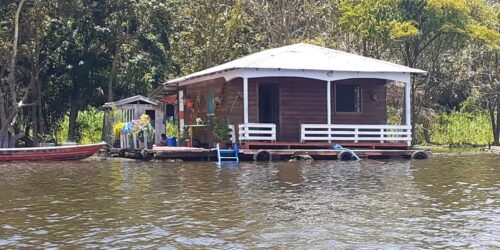Climate change, technology infrastructure and social interactions in the Amazon
1 January 2021 | Duration of reading: 3 min
By Adriano Premebida
From the general question of the AmazonFACE Program - “how will climate change affect the Amazon forest, its biodiversity and the ecosystem services it offers to mankind?” - this subproject bound to the AmazonFACE Program component 5 (more information here) aims to verify the collective scale of governance processes towards ecological and socioeconomic services in the Amazon. Collaborative social phenomena between diverse actors and entities in the region influences the capacity of adaptation and allows a more effective transition of urban and rural environments regarding climate change.

At the same time that macrosocial observation is performed, the individual attributes of the actors and their world view regarding the governance of the elements that determine the adaptation to climate change in the Amazon will be analyzed in parallel to the access to technical systems, scientific and technological infrastructure, energy, health, education, logistics and social and economic reproduction patterns. The social attributes mapped in microsocial level are: information access, financial resources, technical knowledge, education, health, religiousness and dispositions formers of world views in general.

The systematic identification of existing public policies for climate change and future scenarios of socioeconomic impacts in the Amazon due to these changes, are related in this research to the way the actors have access to these means - in several scales of sociological analysis - how specialized information and financial resources, for example, have more capacity to facilitate or preclude innovation, to influence and coordinate the social network bind to the access and usage of ecosystem services. This project is linked to the other components of the AmazonFACE Program, which will enable a relevant coordination of research and interdisciplinary results.
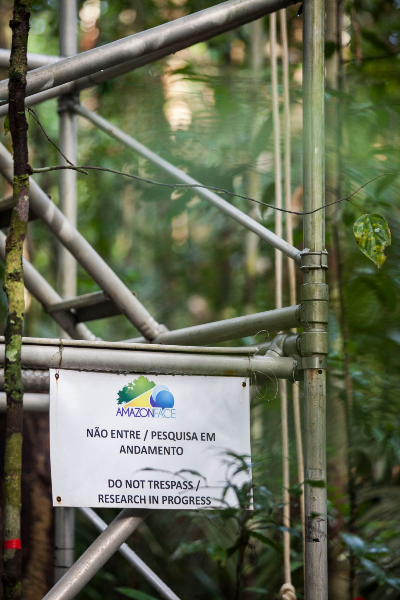
Science is done collaboratively
This research is carried out and funded by the following institutions: INPA, UNICAMP, Alterra Wageningen University, USP, University of Exeter, FDB, Technical University of Munich, University of Florida, INPE, Embrapa, Brookhaven National Laboratory, University of Illinois, University of Vienna, UFRGS, UFAM, University College London, Zurich University of the Arts, UNESP, Oak Ridge National Laboratory, Max Planck Institute for Biogeochemistry, Universidade Federal do Acre, International Institute for Sustainability, FAPEAM, CNPq, CAPES, BID e FAPESP.
Want to know more? Access the links below!
Projeto AmazonFACE. (Link)
Grupo de Pesquisa Tecnologia, Meio Ambiente e Sociedade. (Link)
AmazonFACE: o excesso de CO2 pode salvar a floresta tropical Amazônica do aquecimento global? (Link)
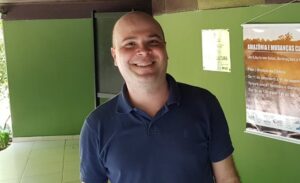
Adriano Premebida is historian (UDESC), Master in Rural Development (UFRGS) and doctor in sociology (UFRGS). He is a researcher (TEMAS/UFRGS) in Social Studies of Sciences and of Technologies in the field of technological infrastructure, emerging technologies and climate change. See more on Lattes and ResearchGate.

